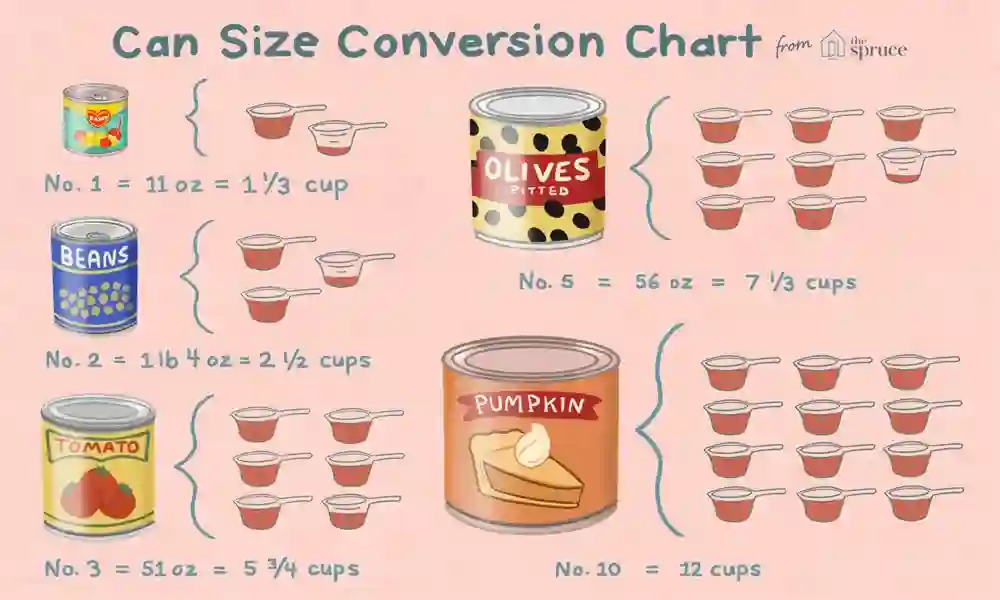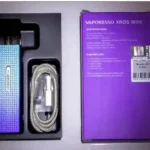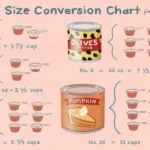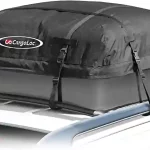Why This Question Pops Up So Often
Every time I’ve tried to follow an online recipe, this question comes up: how many oz in a cup?
Sometimes the recipe is written in cups, other times in ounces, and my brain just… stalls. I swear, the first time I baked brownies from scratch, I mixed up ounces with fluid ounces. The result? A pan of chocolate concrete. My brother still reminds me of it when he wants a laugh.
The tricky part is that there isn’t always one straight answer. But don’t worry, we’ll break it down—without getting too math-y.
The Basic Idea of Cups vs Ounces
A cup is a volume measurement. Ounces can be volume or weight. That’s where the confusion creeps in.
- For liquids, it’s easier.
- For dry ingredients, it depends on what you’re measuring.
I once thought flour and chocolate chips would weigh the same if measured by the cup. Wrong. My grandma corrected me with a simple spoon-and-sweep demo that honestly made me feel like I’d been duped by baking all along.
And yep, that’s why we keep asking: how many oz in a cup?
Liquid Conversions
When you’re talking about liquids, it’s straightforward.
- 1 cup = 8 fluid ounces.
- Half cup = 4 fluid ounces.
- Quarter cup = 2 fluid ounces.
Easy, right? Well… until you’re measuring something gloopy like honey. That’s when I lose patience and end up eating half the honey straight from the spoon.
Dry Ingredient Conversions
Now, for dry stuff, it gets messy.
1 cup of flour ≠ 1 cup of sugar in weight.
That’s the reason old cookbooks sometimes tell you to measure by weight instead. But in everyday kitchen life, we often wing it. I’ve done the “shake the measuring cup” trick more times than I should admit. Still doesn’t make it precise, though.
This is why cooks still argue online about how many oz in a cup when they mean dry vs. liquid.
Why We Care (And Why It Drives Us Mad)
Imagine you’re making pancakes. The recipe calls for 1 cup of milk and 8 ounces of flour. You panic: is that the same? Nope.
I once ruined Sunday pancakes this way. Ended up with a gluey batter that looked like it belonged in art class. My dad, bless him, ate them anyway—though he called them “abstract flapjacks.”
That’s the heart of the question: how many oz in a cup matters because it decides whether your food works or fails.
Odd Historical Twist
Here’s a weird fact: the concept of a “cup” as a kitchen unit only became standardized in the 1800s. Before that, people used literal cups from their cupboard. Imagine grandma saying, “use a teacup of butter.” Total chaos.
So when people debate how many oz in a cup, it’s kinda rooted in history. We’re still stuck between old habits and modern measurements.
Everyday Kitchen Examples
Let’s run through some quick ones I’ve messed up before:
- 1 cup of butter = 8 ounces by weight
- 1 cup of sugar = about 7 ounces
- 1 cup of flour = closer to 4 ½ ounces
See the difference? That’s why I keep checking how many oz in a cup every single time I cook.
And yes, I’ve learned the hard way not to trust “eyeballing it.”
My Embarrassing Coffee Story
One morning, I was half asleep, trying to brew coffee. The recipe I found said “6 ounces of water per cup.” I thought it meant 6 ounces = 1 cup. Nope. Ended up with bitter sludge strong enough to wake the whole neighborhood. My roommate still calls it “jet fuel.”
That’s why conversions stick with you. Screw it up once, and you’ll never forget.
Simple Conversion Cheats
Here’s what helps me now:
- Liquids: 1 cup = 8 fluid ounces.
- Butter: 1 stick = ½ cup = 4 ounces.
- Flour: 1 cup ≈ 4.5 ounces.
- Sugar: 1 cup ≈ 7 ounces.
I scribbled these on a sticky note and slapped it on the fridge. Saved me from more disasters.
Whenever I think how many oz in a cup, I glance at it and move on.
Real Life Cooking Moments
Cooking is messy. I can’t tell you how many times I’ve spilled flour across the counter trying to level a cup. Or worse, dropped half a cup of milk onto my laptop once. (Yes, the laptop died. RIP.)
So when you hear someone ask how many oz in a cup, it’s not just nitpicking—it’s survival for home cooks like us.
That One Time I Tried Being Fancy
I bought a digital scale, thinking I’d finally master this whole thing. I measured flour to the exact gram. Felt like a scientist. Then I forgot to set the scale to zero with the bowl on it. Whole cake came out flat as cardboard.
So yeah, even with gadgets, I still find myself asking how many oz in a cup way too often.
Quick Reference Table
Sometimes it’s nice just to see it laid out.
| Ingredient | 1 Cup Equals | Ounces (Approx.) |
| Water | 1 cup | 8 oz |
| Milk | 1 cup | 8 oz |
| Flour | 1 cup | 4.5 oz |
| Sugar | 1 cup | 7 oz |
| Butter | 1 cup | 8 oz (2 sticks) |
I’ve scribbled this down on the back of a recipe card. Still stained with tomato sauce, but hey—it works.
Why People Still Argue
Honestly, half the debates online about how many oz in a cup happen because people mix up weight vs. volume.
- Volume = space it takes up.
- Weight = heaviness.
That’s it. But try telling that to your uncle who swears by “just eyeballing it.”
My Weird Little Memory
When I was a kid, I tried to help my mom make cornbread. She asked me to measure one cup of milk. I grabbed the biggest mug I could find and poured it in. Ended up drowning the batter. She laughed so hard she nearly cried. That’s when I first wondered how many oz in a cup—though back then, I just knew I was “the kid who ruined cornbread.”
Wrapping It All Together
So, let’s keep it simple:
- For liquids, 1 cup = 8 ounces.
- For dry stuff, it varies.
That’s the nutshell. And if you ever forget, don’t panic. Cooking is half art, half chaos anyway.
Even now, every time I start a new recipe, that same question floats in my head: how many oz in a cup? And honestly, maybe that’s just part of the fun—messing up, laughing at yourself, then trying again.
Wrote this paragraph by hand. Then spilled coffee on it. Classic.
Final Thoughts
The next time you’re baking cookies or making soup, and your brain freezes on conversions, just remember:
- Cups and ounces aren’t enemies, they’re just different ways of seeing the same thing.
- Don’t stress if you get it wrong once in a while. Some of the best family stories come from kitchen disasters.
And yep, I’ll still probably Google how many oz in a cup again tomorrow. Old habits die hard.












